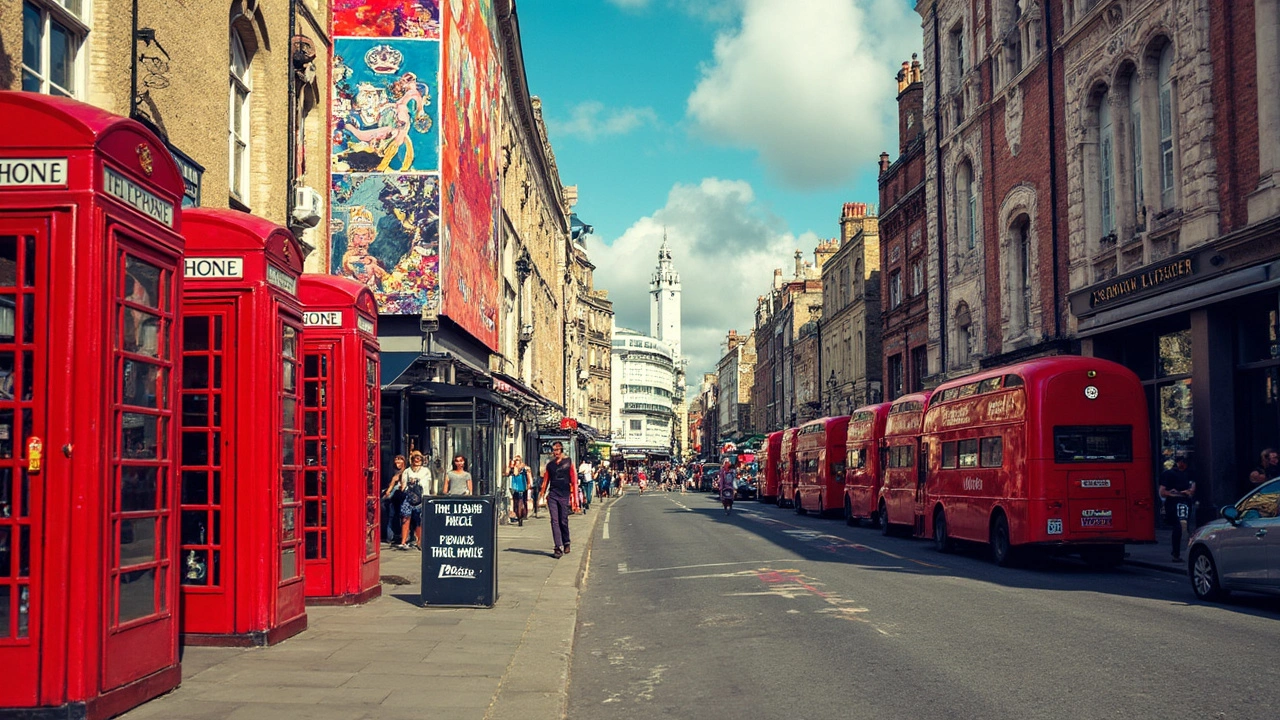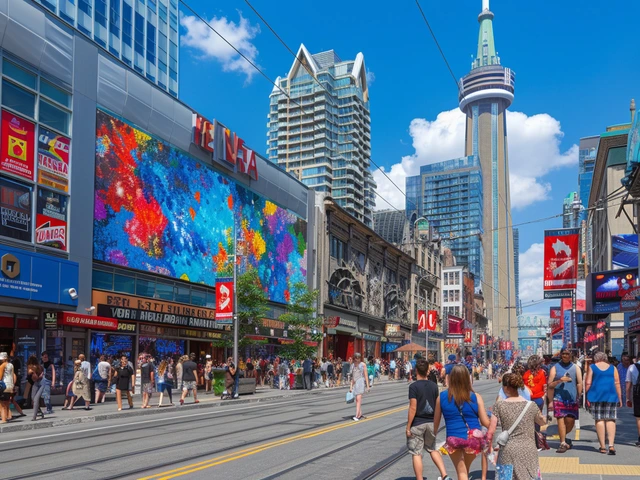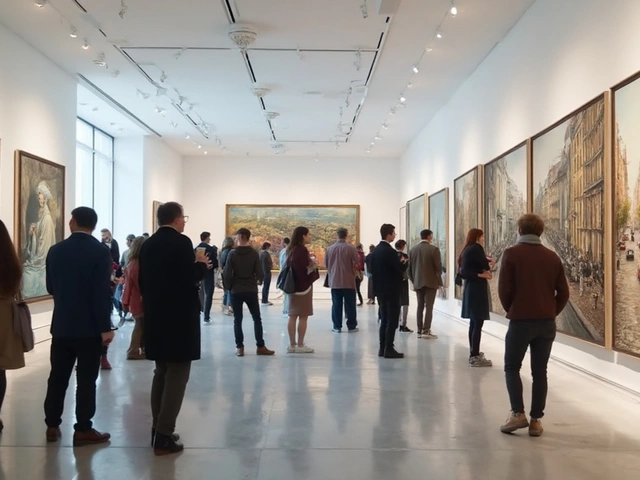Pop Art is all about breaking the mold and doing it with flair. Ever wondered why a can of soup or a comic strip blew people's minds in the art world? Well, that's thanks to Pop Art, where the ordinary became extraordinary. It's not just about slapping some bright colors on everyday stuff; it's about challenging the norms and redefining what art could be.
Enter Andy Warhol, a name you probably know, even if you're not into art. Warhol turned Campbell's Soup Cans into cultural icons. His work wasn't just about the art itself but about making a statement. He blurred the lines between art and commercialism and did it with a straight face.
Then there's Roy Lichtenstein, who took comic strips and turned them into massive, vibrant canvases. Those comic dots? That's his signature. He took something so familiar and made it feel fresh and new, poking fun at the art world while still being a part of it.
But why should you care? Because Pop Art continues to influence everything from fashion to music to advertising. Understanding these artists might just give you a new perspective the next time you see a billboard or a T-shirt design.
- Introduction to Pop Art
- Andy Warhol's Impact
- Roy Lichtenstein's Contributions
- Cultural Influence of Pop Art
- Pop Art in Modern Times
Introduction to Pop Art
Pop Art came about in the 1950s and 1960s, making a splash in the art world like never before. But what was it all about? Simply put, it was a reaction against the serious, complex nature of the art movements that preceded it. Instead of focusing on the elite and the abstract, Pop Art celebrated the mundane and the everyday, turning familiar images from popular culture into art.
What’s cool about this movement is how versatile it is. Artists like Andy Warhol and Roy Lichtenstein used bold colors and simple motifs, drawing inspiration from consumer goods and pop culture. Think soup cans, comic strips, and even famous celebrities like Marilyn Monroe.
The Basics of Pop Art
At its core, Pop Art was about blurring the lines between 'high' art and 'low' culture. It's like saying art doesn't have to be mysterious or confined to a certain group of people—it's for everyone. This movement leveraged imagery that was already popular and recognizable, such as advertisements and product labels. The idea was to connect with a wider audience.
Why It Matters
Okay, so how did Pop Art make such a big impact? Aside from introducing fresh ideas to the art world, it also challenged people’s perceptions of what art could be. By drawing attention to the mass media and commercial industries, Pop Art offered a new way to look at the world, often with a wink and a nod.
Here's a simple way to look at it: if something is everywhere, does it deserve to be considered art? That's a question Pop Art posed. Plus, with its playful style and accessible subjects, it made art something people could relate to without feeling intimidated.
| Year | Event |
|---|---|
| 1952 | Term 'Pop Art' first coined during discussions among artists in London. |
| 1962 | Warhol's Campbell’s Soup Cans exhibited in Los Angeles. |
| 1963 | Lichtenstein's works featured in a retrospective at the Leo Castelli Gallery in New York. |
In the end, Pop Art did more than just shake things up; it opened a dialogue about the role of art in everyday life. It's a movement that says: art isn't just something to be observed at an arm's length—it's part of life's fabric. That’s what makes it timeless.
Andy Warhol's Impact
Andy Warhol is a name that stands out in the world of pop art, almost as vividly as his iconic Campbell's Soup Cans. He brought consumer culture into the art conversation, turning the spotlight onto everyday objects and making us question their place in art.
Revolutionizing Art with Commercial Imagery
Warhol took objects that were usually ignored in the fine art world—soup cans, Brillo boxes, Coca-Cola bottles—and made them shine on gallery walls. His work suggested that the mundane could be art too. In fact, he once said,
"Art is what you can get away with."This idea of art as a reflection of popular culture was groundbreaking, and it's why Warhol is still talked about today.
The Factory: Birthplace of Art and Stardom
Beyond his artwork, Warhol created a space called The Factory, where art and color flew in every direction. It was a creative hub for artists, celebrities, and free spirits. The place itself mirrored the pop art vibe: vibrant, slightly chaotic, and always buzzing with potential. It was here that Warhol transformed the art-making process into a kind of industrial production—which itself is a statement about consumerism.
Warhol's Legacy
Even decades later, the influence of Warhol's work is everywhere. We see his impact in how celebrities are treated as brands and everyday items as art in their own rights. Warhol didn't just make art interesting; he made it relevant.
| Significant Work | Year |
|---|---|
| Campbell's Soup Cans | 1962 |
| Marilyn Diptych | 1962 |
| Silver Car Crash | 1963 |
It's not just about appreciating Warhol's art; it's about seeing how he turned the art world on its head and left a mark that's more vibrant than a neon sign in Times Square.
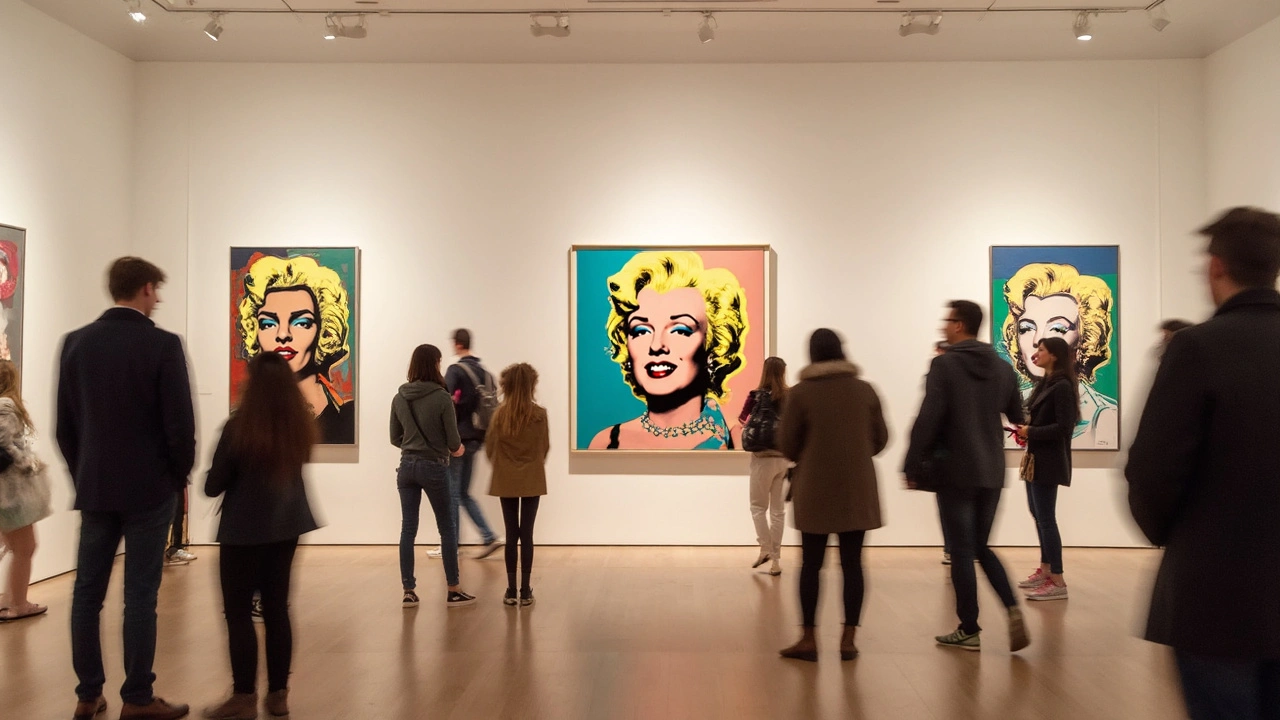
Roy Lichtenstein's Contributions
Talk about adding a twist to art, right? Roy Lichtenstein did just that by playing with comic strips and turning them into huge, thought-provoking pieces. He wasn't copying comics; he was elevating them into something more. His work made you pause and think about everyday mass media.
One of his iconic pieces, "Whaam!" from 1963, is based on a comic book panel but transformed into a grand-scale artwork. Two panels show an aircraft attack in vivid colors with the kind of comic book dots known as Ben-Day dots, giving it a mechanical, yet artistic look. Each dot, each line was deliberate, merging art and replication in a way nobody had done before.
Key Techniques
Lichtenstein was heavily influenced by popular culture and used techniques that mimicked commercial printing processes. This involved a meticulous creation of those renowned dots and thick lines to mimic the cheap printing methods of comic books. His work wasn't just about the stuff you could see but about the techniques that brought those images to life.
Impact on Modern Art
Why does any of this matter? Well, Lichtenstein challenged the notion of originality — that idea that art had to be something entirely fresh and unseen. By using common images from popular culture, Pop Art helped to democratize art, making it more accessible and relatable. The influence of this movement is still visible in modern design, advertising, and media.
Pop Art made us look at mundane, everyday objects and see the beauty in them. Lichtenstein's work pushed boundaries and questioned art traditions, something that echoes in today's creative industries.
Cultural Influence of Pop Art
Pop Art wasn't just about shaking things up in galleries; it had a massive ripple effect that hit all corners of culture. This art movement helped push against the stuffy boundaries of 'high' art and brought art to the street level, where everyday people could relate and engage with it.
Creating a Bridge
Pop Art acted like a cultural bridge, linking the world of fine art with popular culture. Artists like Andy Warhol and Roy Lichtenstein introduced imagery from advertisements, films, and comics into the art scene. This wasn’t just about grabbing attention; it was about making a statement on how media and mass production were changing society.
Influencing Media and Advertising
The impact of Pop Art on media is massive. Television commercials, magazine ads, and even product packaging started using bold colors and eye-catching designs similar to Pop Art. Warhol's work, for example, pointed out how pervasive advertising was, making it not just a way to sell soup cans but a critical part of modern culture.
Roy Lichtenstein's work also had a huge impact. By transforming comic panels into serious art, he dignified an art form originally considered juvenile. This shift helped comics gain respect and influenced storytelling and design in media.
Fashion Forever Changed
Fashion didn’t escape the Pop Art touch. The 1960s and '70s saw the rise of bold prints and colors that were right out of a Pop Art canvas. Designers embraced this look, some even collaborating with artists to create lines directly influenced by art pieces. The vibe of that era still pops up in today's fashion trends, proving the movement’s lasting impact.
Stats Speak
| Impact Area | Example |
|---|---|
| Fashion | Global increase in print and color usage by 35% since the 1960s |
| Media | Enhanced visual advertising engagement |
So, why does all this matter? Well, understanding the roots of Pop Art helps demystify a lot of the visual choices we see around us today. It’s a reminder of how art can be a mirror to society, reflecting changes and sparking new ideas. Pop Art wasn't just a flash in the pan; it's a building block in our cultural foundation.
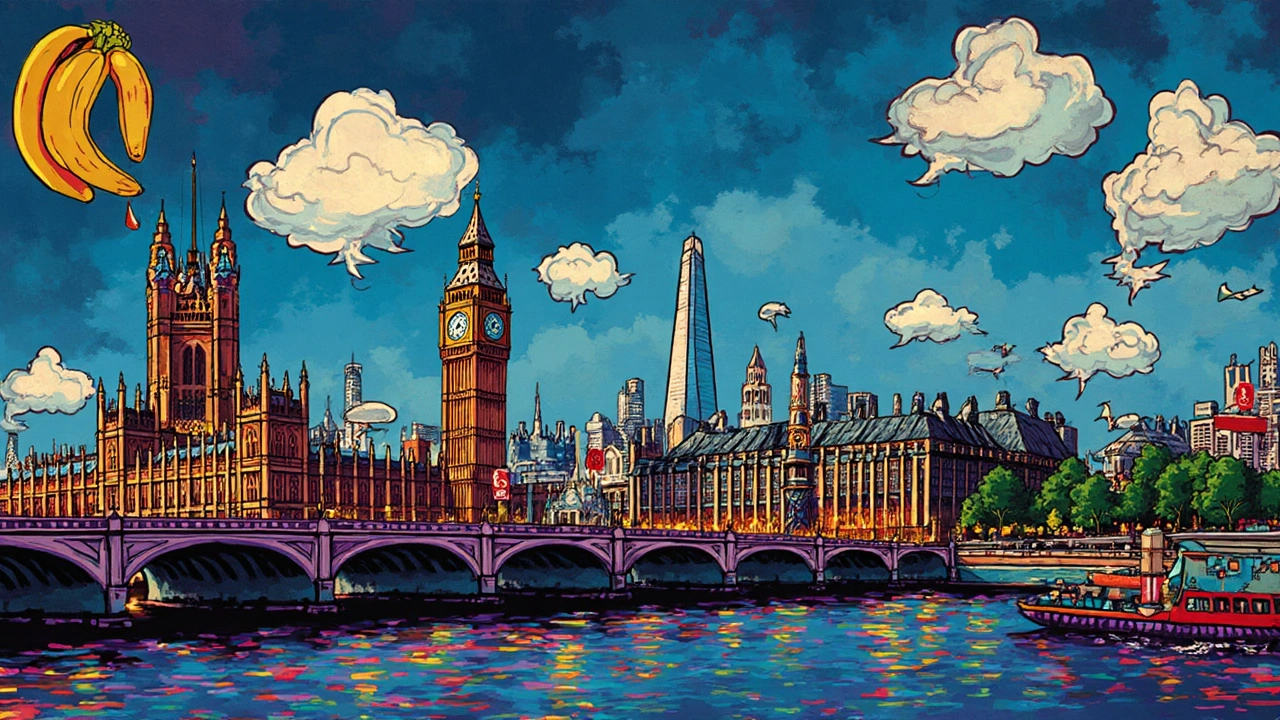
Pop Art in Modern Times
Pop Art's influence is alive and kicking in the art world today. You don't have to look far to see its impact on modern culture. From graphic design to street art, pop art has left its colorful fingerprints all over.
The Digital Canvas
Today's artists have taken the pop art principles and applied them to a digital age. Bright colors and bold lines have found a new home in digital platforms. Take Instagram, for instance, where influencers and brands use vibrant graphics and eye-catching styles to grab attention. Pop Art paved the way for this visual boom.Fashion and Advertising
Remember Warhol's soup cans? Nowadays, everyday items are art pieces, gracing everything from billboards to magazine ads. Fashion brands often collaborate with artists to bring art to the runway. The merging of art and consumerism that Warhol championed is now an industry standard.Street Art and Murals
Take to the streets, and you'll see walls adorned with what can only be described as modern-day murals. Street artists like Banksy have roots in the same techniques and ideological frameworks familiar to Pop Art, transforming urban landscapes into interactive gallery spaces.Statistics and Trend Insights
Here's a quick look at how Pop Art continues to thrive:| Aspect | Details |
|---|---|
| Instagram Posts Featuring Pop Art Style | Over 3 million daily |
| Fashion Brands Collaborating with Pop Art Artists | More than 150 per year |
| Museum Exhibitions | Pop Art introduced in 75+ exhibits worldwide annually |
If you're keen to dive into this art form, check out a local gallery's Pop Art collection or even an online exhibit. It might just change the way you see the world around you!

